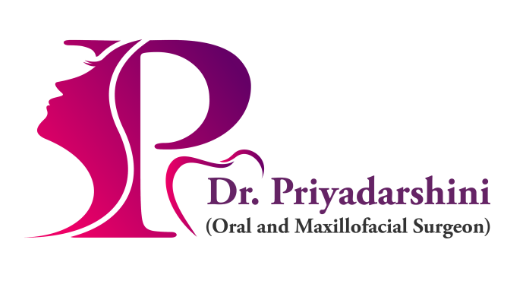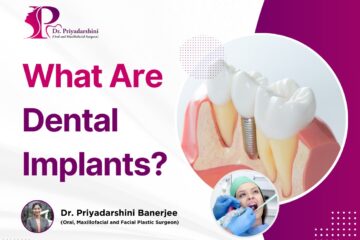What Is TMJ Disorder?
Symptoms, Causes & Treatments Explained
When you open and close your mouth, chew, or even yawn, you’re using one of the most important joints in your body – the temporomandibular joint (TMJ). This joint connects your jawbone to your skull and plays a vital role in everyday functions like speaking and eating. But when something goes wrong, it can lead to discomfort and pain known as TMJ disorder (TMD).
In this article, we’ll explore what TMJ disorder is, its common symptoms, causes, and the best available treatment options.

What Is TMJ Disorder?
TMJ disorder (TMD) refers to problems that affect the jaw joint and the surrounding muscles. It can cause pain, restricted movement, and clicking or popping sounds when moving the jaw. While TMJ disorders are common, they can vary in severity – from mild discomfort to chronic pain that impacts quality of life.
Common Symptoms of TMJ Disorder
TMJ disorder can present differently for everyone, but the most common symptoms include:
- Jaw pain or tenderness (especially near the joint or around the ear)
- Difficulty or discomfort while chewing
- Clicking, popping, or grinding sounds when opening or closing the mouth
- Limited jaw movement or feeling that the jaw is “locked”
- Headaches or migraines that may radiate from jaw tension
- Ear pain, ringing, or pressure without infection
- Facial pain or swelling in the jaw area
Neck and shoulder pain due to muscle strain
What Causes TMJ Disorder?
Several factors can contribute to TMJ disorder, including:
- Jaw injury – Trauma or accidents affecting the jaw or head.
- Arthritis – Osteoarthritis or rheumatoid arthritis can damage the joint.
- Teeth grinding (bruxism) – Habitual clenching puts extra pressure on the joint.
- Stress – Tension can tighten jaw and facial muscles, worsening symptoms.
- Poor posture – Especially neck and shoulder posture that misaligns jaw movement.
- Misaligned teeth or bite problems – Can affect how the jaw functions.
How Is TMJ Disorder Diagnosed?
A dentist or doctor may diagnose TMJ disorder using:
- Physical examination of the jaw movement
- Medical history review to check symptoms and habits
- Imaging tests such as X-rays, MRI, or CT scans to assess the joint structure
Treatment Options for TMJ Disorder
The good news is that most TMJ disorders can be managed with conservative treatments. Here are the most common options:
1. Home Remedies & Lifestyle Changes
- Applying heat or cold packs to reduce pain and swelling
- Eating soft foods to avoid overuse of the jaw
- Practicing jaw exercises to improve flexibility
- Stress management techniques like meditation or yoga
2. Medical Treatments
- Medications such as pain relievers, anti-inflammatory drugs, or muscle relaxants
- Dental splints or mouthguards to prevent teeth grinding
- Physical therapy to strengthen jaw and neck muscles
3. Advanced Treatments
- Injections (such as corticosteroids or Botox) to reduce pain and inflammation
Surgery (rare and last resort) for severe joint damage or structural issues
Can TMJ Disorder Be Prevented?
While not all cases are preventable, you can lower your risk by:
- Avoiding chewing gum and hard foods
- Maintaining good posture
- Managing stress effectively
- Wearing a nightguard if you grind your teeth
- Seeking dental care for bite alignment issues
Final Thoughts
TMJ disorder can range from mild irritation to a painful condition that affects your daily life. The key is to recognize early symptoms and seek professional help before the issue worsens. With proper diagnosis and treatment, most people find significant relief and regain normal jaw function.
Book an appointment today!
If you have any general or medical enquiry, feel free to contact us.



